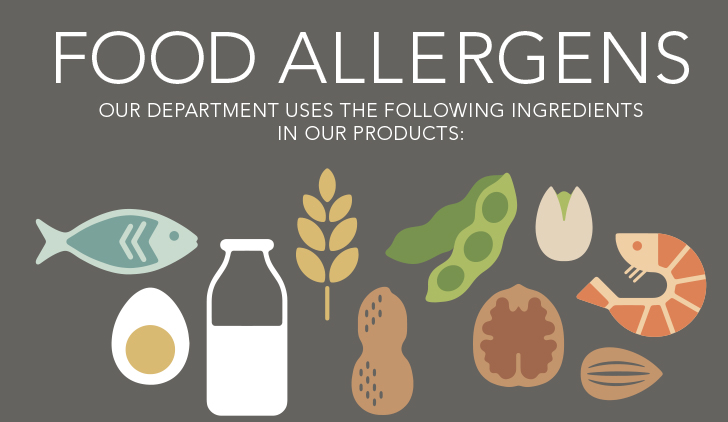
Something as simple as enjoying a meal can be a real threat for adults and children who have a food allergy. Approximately 30,000 Americans go to the emergency room each year for treatment of severe food allergies, and an estimated 150 – 200 Americans die each year due to an allergic reaction caused by food.
A food allergy shouldn’t be confused with a food intolerance. While intolerances may cause discomfort, allergies affect the immune system and are more likely to produce an immediate, life-threatening response. The most common signs and symptoms of a food allergy include
- hives, itching or rash
- swelling of the lips, face or tongue
- wheezing or congestion
- abdominal pain, diarrhea, nausea or vomiting, and
- dizziness, light-headedness or fainting.
Life-threatening reactions — called anaphylaxis — may include swelling of the throat, trouble breathing, shock, rapid and irregular pulse, and loss of consciousness.
Although some people can outgrow a food allergy or receive treatment for it, there is no cure. The best protection is to avoid foods that contain or may have come in contact with certain allergens.
You may notice foods are labeled with allergen information when they contain at least one major allergen. Although more than 160 foods have been reported to cause allergies, the U.S. limits the major allergens that must be called out in product labeling to fish, eggs, milk, wheat, peanuts, soybeans, tree nuts and shellfish. In addition, Publix displays food allergen awareness signs in each fresh department and self-service areas to further help our customers identify and be aware of products that may contain or may have come in contact with allergens.
Source: fda.gov
Later this year, all stores will receive new food allergen awareness signs, which will be displayed in each fresh department.


